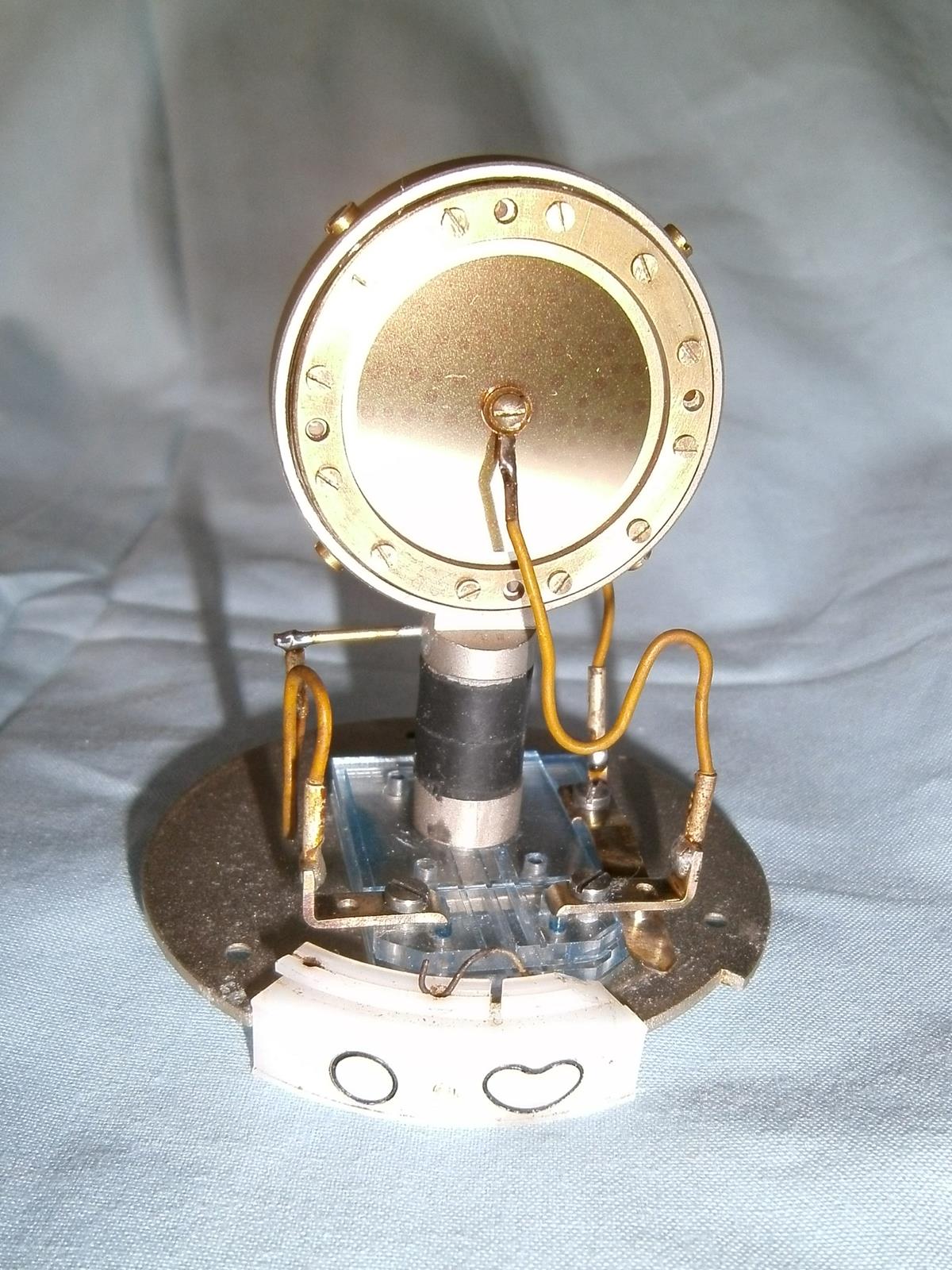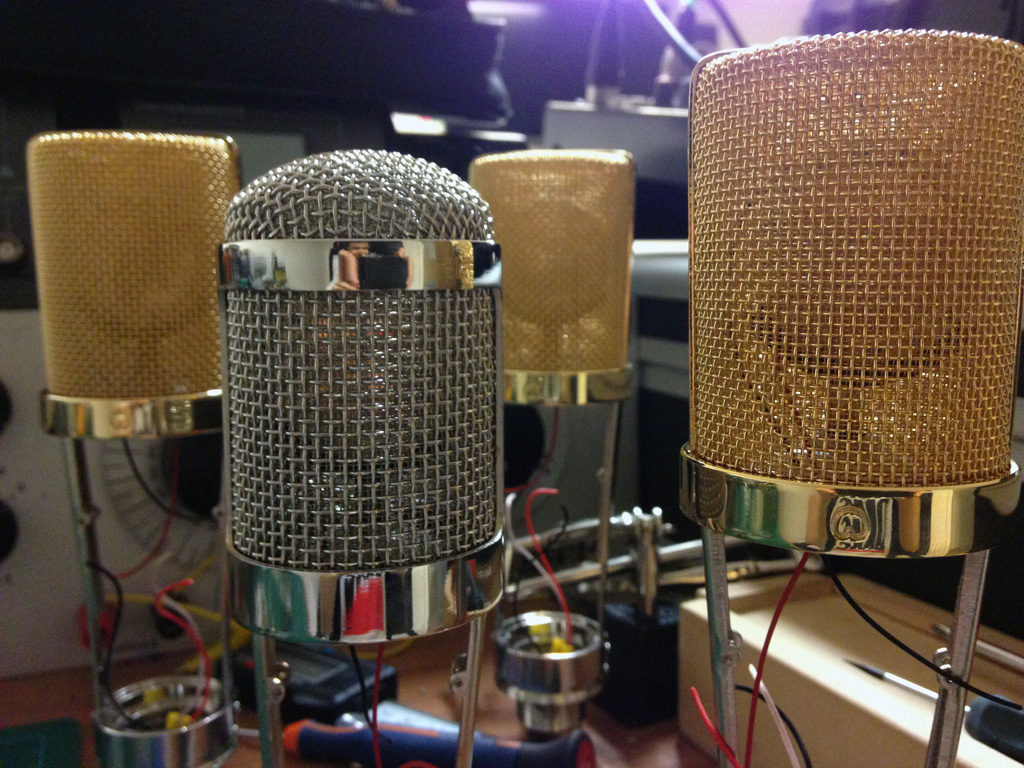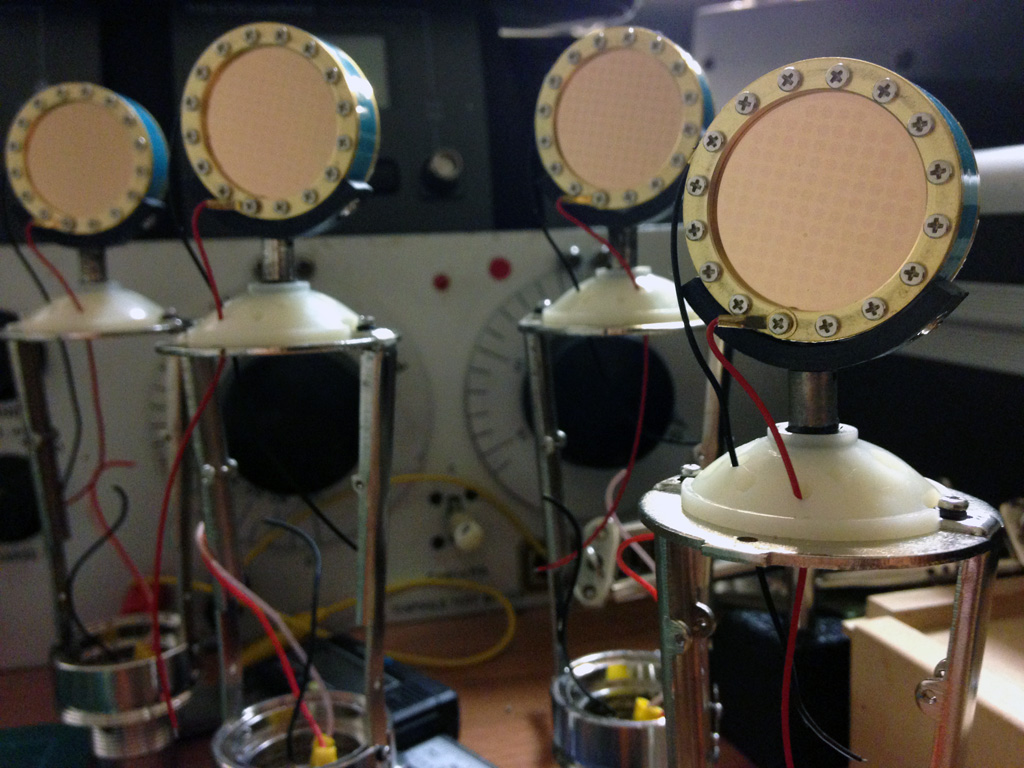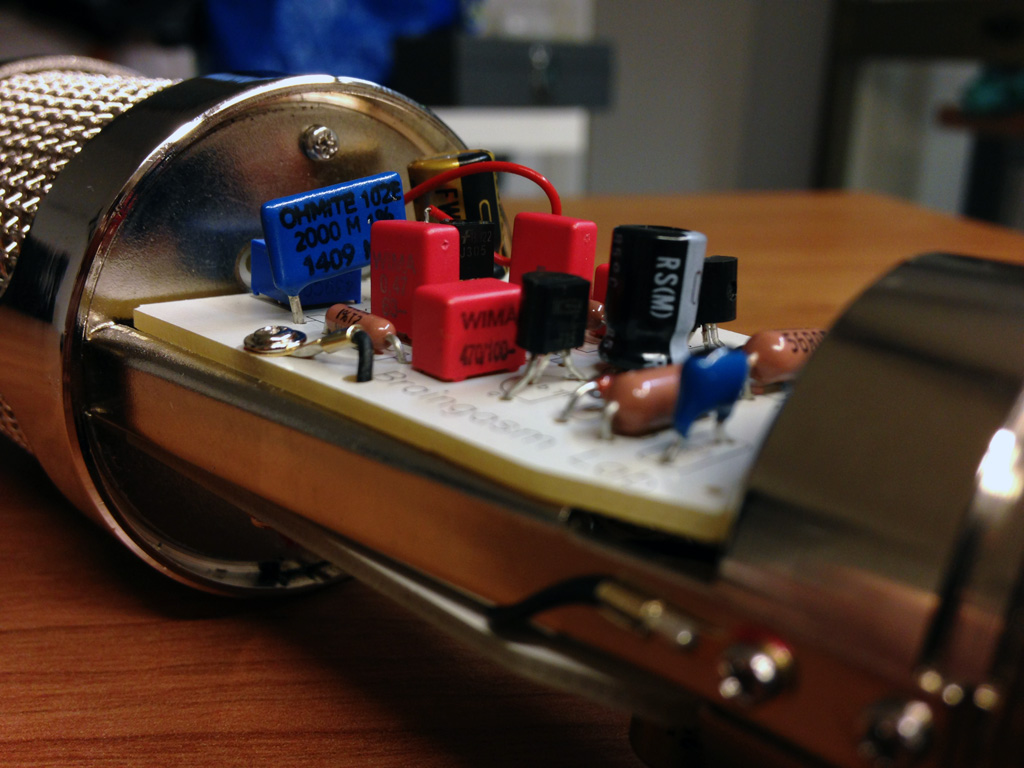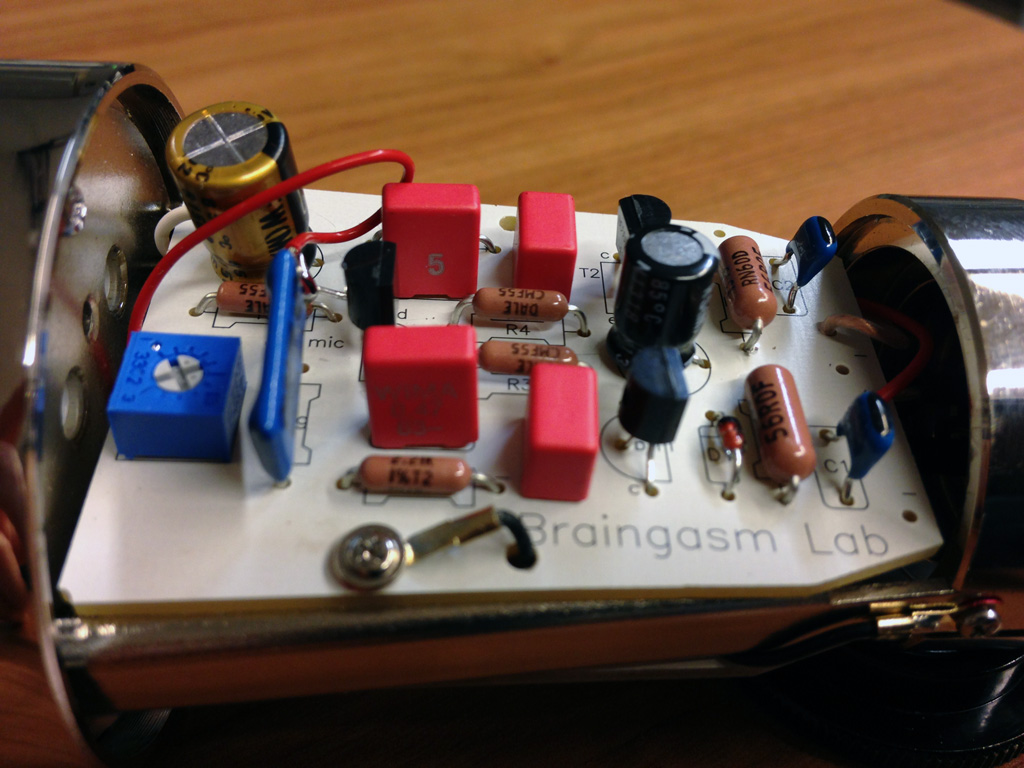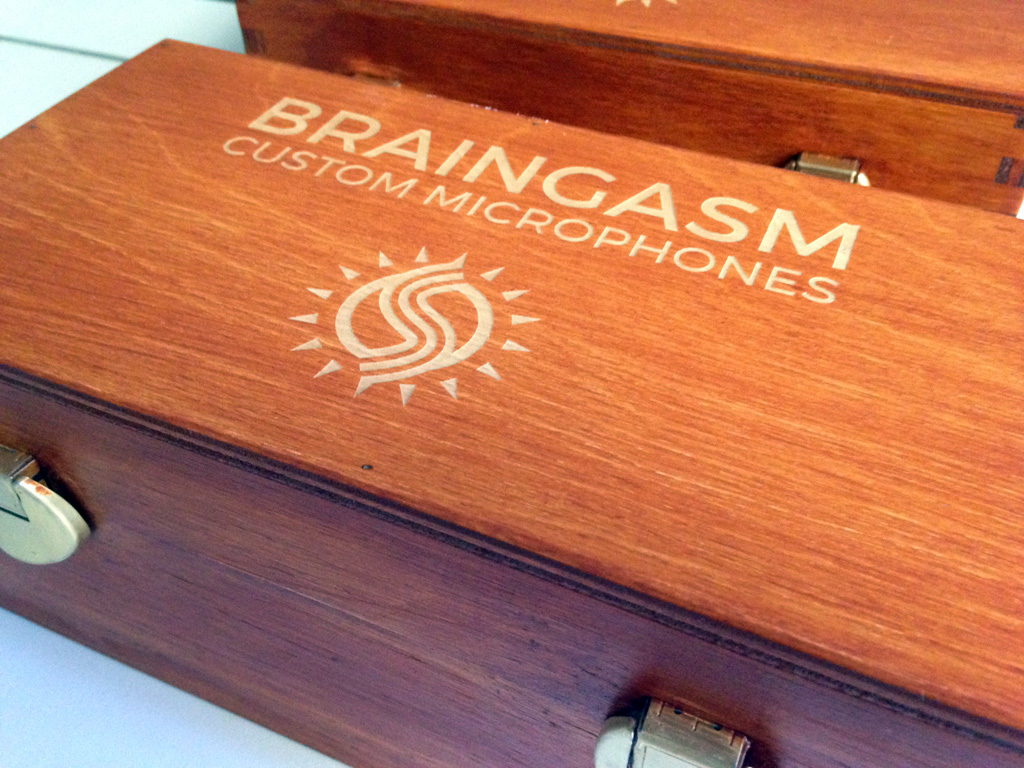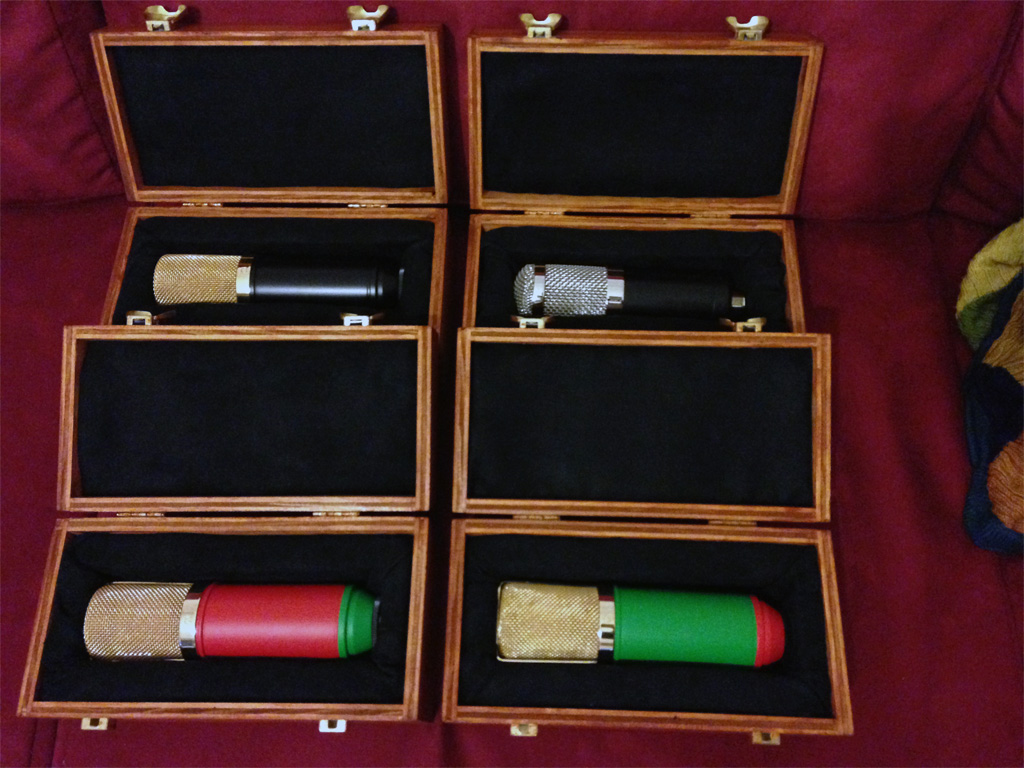The fine art of building a ribbon microphone - Pt.1
/'The tool is half the master'... always true, whether you're a carpenter, a farmer, or a surgeon. In our case, the right tools are indispensable, and the ribbon microphone doesn't forgive.
We're working on a micrometric scale; the aluminum ribbon is 1.8 microns thick. To give you an idea of what we're talking about, here's a list from Wikipedia that illustrates the order of magnitude in question with some examples:
1-10 µm: Typical diameter of a bacterium
1.55 µm: Wavelength of light used in optical fibers
6-8 µm: Diameter of a human red blood cell
6 µm: Anthrax spore
7 µm: Thickness of a spider web thread
Cutting a bacterium in half is already a difficult concept to visualize, let alone being careful not to damage its edges, crumple it, or make it fly away with a sigh, and so on.
For an easy-to-imagine comparison, consider that household aluminum foil has a thickness ranging from 40 to 80 microns, which is almost 50 times greater than our microphone ribbon.
But cutting is just the beginning of the work. Once the ribbons are cut correctly (4 mm wide and 100 mm long), the next phase is corrugation. This system allows the ribbon to expose more surface to the sound field than a flat ribbon. It also increases its elasticity and resistance.
We proudly present our super vintage (and, above all, artisanal) machine for corrugating the ribbon, built with used Meccano parts.
The next phase, once the ribbon is cut and corrugated, is its placement inside the structure, called the motor.
The ribbon motor is a simple mechanical system consisting of two permanent magnets glued to a metal structure.
We'll cover the housing and tuning phase in another post. For now, let's conclude our beloved scientific talk.
The ribbon microphone exploits the physical law of electromagnetic induction, the same wonder of physics that brings dynamic microphones and loudspeakers to life. In practice, the aluminum ribbon is suspended in a strong magnetic field and vibrated by the surrounding sound field. Due to this physical law, a tiny electrical current is generated at the ends of the ribbon, consistent with the incident pressure wave. This current is then extracted, converted through an output transformer, and made available on the microphone's balanced output.









